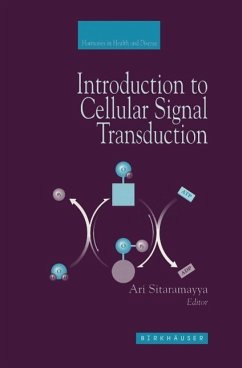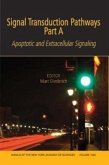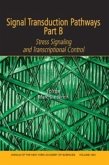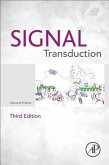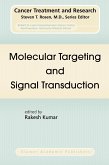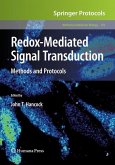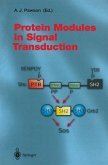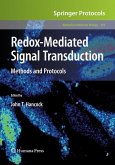The mechanism of information transfer between cells is the subject of Introduction to Signal Transduction. Until recently various aspects of signaling by hormones were studied (and taught) under the subject of endocrinology, and signaling by neurotransmitters was the subject of neurochemistry. With growing awareness of the many similarities between hormonal and neurotransmitter signalling, recent years have witnessed the emergence of Signal Transduction as an independent discipline covering all aspects of information transfer between cells irrespective of the nature and source of the signals.
This book is designed for senior undergraduate/graduate-level students interested in a basic understanding of the major participants in the cellular Signal Transduction pathways. The book covers the major topics in Signal Transduction: receptors, which recognize the signals at the cell surface; G-proteins, which transduce the signals; and adenylate cyclases, guanlate cyclases, and phospholipases, which generate second messengers. Chapters also focus on ion channels, phosphodiesterases, protein kinases, phosphoprotein phosphatases and nitric oxide, which participate in the cellular response to signals; the health consequences of defects in Signal Transduction proteins; and the central role Signal Transduction plays in drug abuse.
The book is suitable for an introductory course in Signal Transduction as well as for self-study and review. It is recommended for biology and medical students, as well as for interdisciplinary science majors and pharmaceutical researchers.
This book is designed for senior undergraduate/graduate-level students interested in a basic understanding of the major participants in the cellular Signal Transduction pathways. The book covers the major topics in Signal Transduction: receptors, which recognize the signals at the cell surface; G-proteins, which transduce the signals; and adenylate cyclases, guanlate cyclases, and phospholipases, which generate second messengers. Chapters also focus on ion channels, phosphodiesterases, protein kinases, phosphoprotein phosphatases and nitric oxide, which participate in the cellular response to signals; the health consequences of defects in Signal Transduction proteins; and the central role Signal Transduction plays in drug abuse.
The book is suitable for an introductory course in Signal Transduction as well as for self-study and review. It is recommended for biology and medical students, as well as for interdisciplinary science majors and pharmaceutical researchers.
